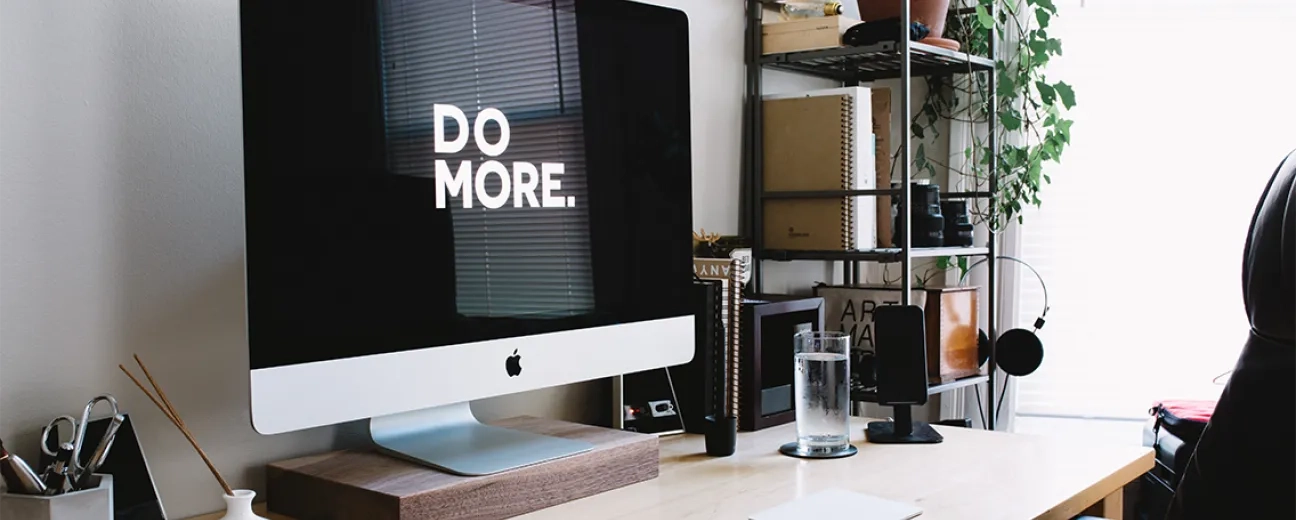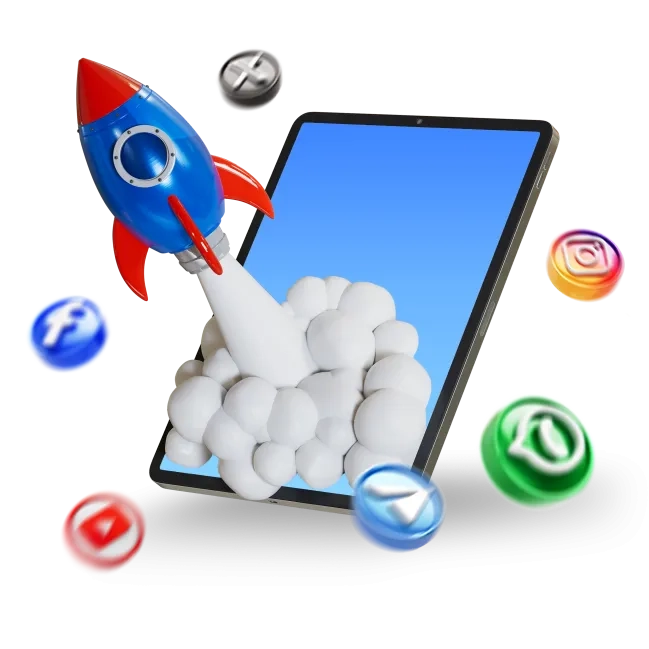Designing Digital Workspaces That Actually Boost Productivity

What if your workspace could think with you, not just for you?
In 2025, productivity is no longer about clocking hours. It is about designing environments - both digital and physical - that empower people to do their best work, wherever they are. From AI-powered dashboards to neuro-inclusive office layouts, the modern workspace is evolving fast. And the stakes? Higher than ever.
Why Workspace Design Is Now a Strategic Priority
Gone are the days when a desk and a laptop were enough. Today’s workforce is hybrid, mobile, and increasingly digital-first. According to SQ Magazine, the global digital workplace market is projected to hit $59.4 billion in 2025. That is not just a tech trend - it is a strategic shift in how organizations think about productivity, engagement, and operational agility.
McKinsey’s research shows that companies embracing AI and digital tools could unlock up to $4.4 trillion in productivity gains. But here is the catch: technology alone is not the answer. It is how you design the experience around it that makes the difference.
So, how do you turn your digital workspace into a productivity engine instead of a digital maze?
The Four Zones of Productivity: A Blueprint for Digital Workspaces
According to Skedda, high-performing digital workspaces are built around four essential zones:
- Creative Group Zones: Spaces - virtual or physical - designed for brainstorming, collaboration, and innovation.
- Individual Focus Zones: Distraction-free environments where deep work can thrive.
- Restorative Zones: Areas that support mental recovery, such as wellness apps or quiet rooms.
- Refresh Zones: Digital or physical spaces that encourage informal interaction and recharging.
These zones are not just architectural concepts. They are productivity levers. By mapping your digital tools and physical layouts to these zones, you create a workspace that adapts to how people actually work.
Think of it like a smart city for your team - each zone serving a specific purpose, all connected by seamless infrastructure.
AI and Automation: The Invisible Productivity Partner
AI is no longer a futuristic add-on. It is the silent co-pilot of the modern workspace. McKinsey reports that 13 percent of employees already use generative AI for more than 30 percent of their daily tasks. That is a massive shift in how work gets done.
From automating meeting notes to surfacing real-time analytics, AI tools are reducing cognitive load and freeing up time for high-value work. But the real magic happens when AI is embedded into the workspace design itself - through smart scheduling, automated workflows, and personalized dashboards.
SoftXPro’s maintenance and support services help businesses integrate these AI capabilities without disrupting daily operations, ensuring that automation enhances rather than overwhelms.
Imagine a workspace that anticipates your needs before you even log in. That is not science fiction - it is smart design.
Designing for Hybrid and Remote Teams
Remote work is here to stay. A recent study found that over half of knowledge workers now operate in hybrid environments. This shift demands a new approach to workspace design - one that prioritizes flexibility, inclusivity, and digital cohesion.
According to Reworked, the most effective digital workplaces focus on tool consolidation, user experience, and continuous optimization. That means fewer logins, more intuitive interfaces, and real-time collaboration tools that work across time zones.
SoftXPro has helped global teams streamline their remote work setups by designing unified digital environments that support both synchronous and asynchronous workflows.
Because when your tools work together, your team does too.
Physical Meets Digital: The Rise of Experiential Workspaces
Even as digital tools dominate, the physical office is not dead - it is evolving. The DLR Group highlights a growing trend toward experiential office design, where spaces are tailored for collaboration, wellness, and neurodiversity.
Features like customizable lighting, flexible furniture, and sensory-friendly zones are no longer perks. They are productivity drivers. These physical elements, when integrated with digital systems, create a seamless experience that supports every work style.
For example, a meeting room that automatically adjusts lighting and temperature based on the calendar event type is not just convenient - it is performance-enhancing.
Ask yourself: is your office a destination or a deterrent? The answer lies in how well it complements your digital ecosystem.
From Tools to Ecosystems: Building for Long-Term Productivity
Ultimately, maximizing productivity is not about adding more tools. It is about designing an ecosystem where people, processes, and platforms work in harmony. That requires ongoing maintenance, strategic support, and a deep understanding of how your team works best.
SoftXPro specializes in building and maintaining these ecosystems - from AI integration to workspace optimization - so your team can focus on what matters most.
Because productivity is not a feature. It is a design choice.
Conclusion: Productivity by Design, Not by Chance
In a world where work happens everywhere, the workspace must be more than a place. It must be a platform for performance. Whether you are optimizing a remote work setup or reimagining your office layout, the goal is the same: create environments that help people thrive.
Ready to design a digital workspace that actually works? Book your free 30-minute strategy call and let SoftXPro help you build for productivity, not just presence.
